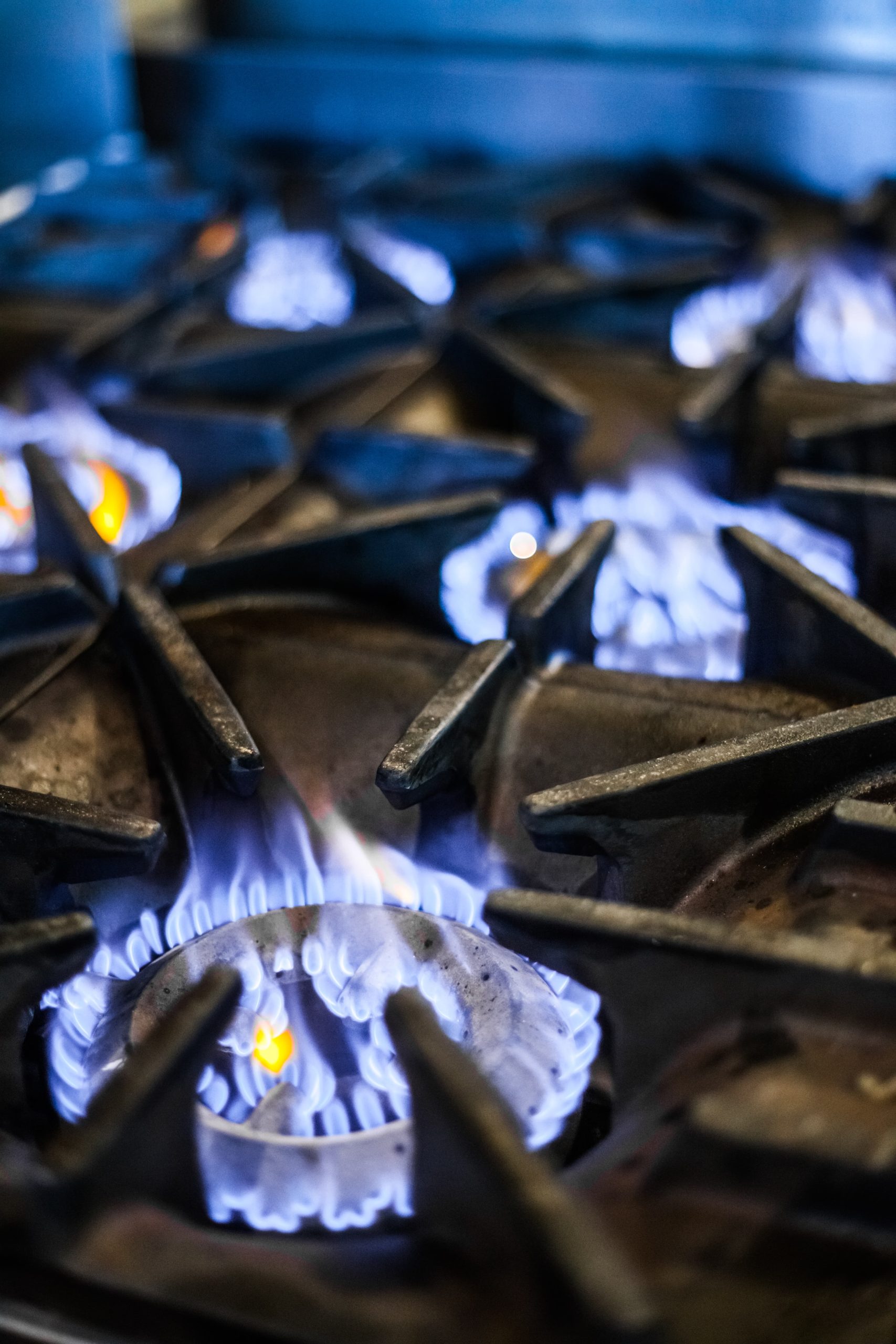Guide To Gas Safety Inspection Milton Keynes: The Intermediate Guide T…
관련링크
본문
 Why Landlords Should Get a Gas Safety Inspection
Why Landlords Should Get a Gas Safety InspectionGas Safety Inspection milton keynes gas engineers Keynes (Https://Jszst.Com.Cn/Home.Php?Mod=Space&Uid=4664945) Safe engineers are required to inspect flues and gas appliances in the property of a landlord. This is essential to prevent carbon monoxide poisoning and exploding.
 It is a good idea to communicate with tenants before the inspection, so that they know what to expect and can prepare accordingly. This certificate may seem like an expense but it's an investment worth the investment to ensure your tenants' safety.
It is a good idea to communicate with tenants before the inspection, so that they know what to expect and can prepare accordingly. This certificate may seem like an expense but it's an investment worth the investment to ensure your tenants' safety.Visual Inspection
Visual inspection is a popular method of inspecting structures and objects. It involves observing an object to observe how it functions and examining it for signs of damage or malfunction and taking steps to correct any problems that are identified. It is a technique of nondestructive (NDT) which requires the person to possess the required qualifications and experience. Individuals who wish to be certified in visual inspection have to undergo a rigorous qualification procedure, which includes classroom training and practical experience in the hands.
This kind of inspection plays an essential part in any safety program and ensures that the equipment is in compliance with the requirements of industry and regulatory standards. Inspections using visuals can help reduce defects and improve the overall quality of a product. It also provides crucial information regarding safety, such as warnings of possible hazards and how to deal with them.
The initial step of the visual inspection process involves developing an inspection procedure. This will include an explanation of the inspection in detail as well as guidelines for recording observations and findings as well as access to any software or specialized tools that are helpful during the process. It is crucial to train your team of inspectors. The more familiar the team is with the process of inspection the more effective.
It is difficult to create an inspection procedure that is visual because many aspects are subjective and hard to organize into the form of a checklist. However, it is possible to make the process more uniform to a certain extent by following a few simple steps. This will help to ensure that your inspectors carry out the same inspections each time and that results are constant.
A gas safety inspection is a process that examines the condition of your domestic or commercial gas appliances, flues and pipes for damage installations, leaks and damage. The process is concluded with a certificate stating that your gas appliances are safe for use and comply with regulations. Failure to conduct a gas inspection could result in severe penalties or invalidate your insurance policy.
Gas appliances should be inspected annually by Gas Safe engineers to ensure they are safe to use. This will protect you from the risk of gas-related accidents that could cause death.
Pressure & Test of Flow
During this phase the engineer will test the flow and pressure of all gas appliances. The engineer will also inspect the chimneys and flues to ensure they are operating properly. This is a crucial step to avoid carbon monoxide poisoning as well as other dangerous accidents caused by unsafe appliances.
The engineer will use an electronic device to determine whether there are any indications of leakage. If they discover any, they will immediately repair them to avoid further damage. Then, they'll turn on the appliance and check to ensure that it is functioning properly. The engineer will contact you if they discover any issues.
Landlords must have all of their gas appliances tested and a CP12 landlord certificate issued each year. This is to safeguard their tenants from the dangers posed by defective gas appliances and installations. Landlords are required to provide copies of the CP12 to their current tenants within 28 days, and also to provide new tenants with a copy before they begin renting the property. The CP12 includes the name and registration number of the Gas Safe registered engineer, and the date of the inspection as well as the address of the property.
It is important that you get rid of any obstructions in gas appliances before the engineer arrives. This will allow them to easily access them. It is also a good idea to have any relevant documents such as previous gas safety inspections readily available. It is also a good idea to keep children and pets away from the work area.
While a gas safety check may seem like a hassle, it is essential for the health and safety of your family. You can prevent fires, explosions and carbon monoxide poisoning by making sure that your gas fitters milton keynes appliances are safe. Also, a gas safety check can help you save money on your energy bills by identifying any issues that could cause your appliances to malfunction. Getting regular gas safety checks is simple and inexpensive, making it a worthwhile investment in your family's safety that is well worth the cost.
Ventilation Test
Gas safety inspections are vital to keeping a home safe for the residents. It makes sure that all appliances are functioning properly and that the occupants aren't exposed to carbon monoxide poisoning. The deadly gas can be created due to malfunctioning appliances or appliances that are not properly ventilated. It helps landlords to avoid costly repairs.
A CP12 certificate is a crucial document that proves the safety of all gas appliances, fittings, and flues within a home. The certificate contains the name and registration number of the engineer who performed the inspection, along with the list of appliances tested. It also includes the results of the tests that were carried out on each appliance as well as any recommendations for remedial actions that might be needed.
The process for obtaining an CP12 gas safety certificate is relatively straightforward and can be completed in only an hour or so. To avoid delays, it's recommended to prepare for the assessment by preparing all necessary paperwork, including gas records, warranty information, and user manuals. Also, ensure that you make all gas appliances and flues accessible so that they can be inspected.
In the first step, the Gas Safe registered engineer will inspect each gas appliance visually. This includes checking the condition of all fittings and lines, assessing the signs of leaks or damage and examining each appliance to determine its functioning. The engineer will also check the pressure and flow for each gas appliance. This is a way to determine whether the appliances are receiving the right amount of gas and if they are in need of repair.
Once the visual inspection is complete after which the engineer will conduct a test of ventilation. Smoke pencils and tracer gases will be used to visualize airflow patterns and to determine areas that require repair or improvement. These tests are extremely useful for identifying leaks that cannot be detected through visual inspection by itself.
The engineer will then use the carbon monoxide detector to find any sources of the gas. The engineer will take action to fix the leak and ensure the security of the residents.
Fault Finding
As a landlord, you are legally bound to get the gas appliances installed in your property that is not a domestic one tested. A qualified engineer can perform an inspection of gas safety to ensure that all the appliances and flues in your non-domestic property are in good order and do not pose a risk of carbon monoxide poisoning your tenants. These tests can aid in prolonging the life of your gas appliances by ensuring they are always in good working order.
The engineer inspecting the property uses a special tool to inspect the connections and valves on all gas appliances in your home. They will examine for loose joints, defective valves, or damaged or corroded pipework that could be the cause of carbon monoxide leakage. If there is a fault with a specific gas appliance or pipework the engineer will suggest repairs and issue a CP12 certificate.
A CP12 is an official document that certifies that all gas appliances within your home have passed the gas safety test and are safe to use. The gas engineer milton keynes engineer will give this to you after the completion of the inspection. You should keep this document safely and ensure that the authorised person is able to access it at any moment.
During the gas safety check, the engineer will classify each appliance into a specific category based on its current operating status. Appliances with one or more serious faults are classified as ID (Immediately Dangerous) and are not to be operated. The engineer who is inspecting the appliance will switch it off with permission from the landlord.
Carbon monoxide is a deadly gas if an appliance for gas is malfunctioning. This deadly gas is generated by incomplete burning of gas. It is odorless and inert, and can't be identified. Carbon monoxide is known to have claimed many lives due to its undetected presence in homes and can be avoided by regular maintenance of gas appliances and by regularly conducting gas safety inspections. During the inspection, a technician will look for signs of carbon monoxide, like headaches, dizziness or nausea.

